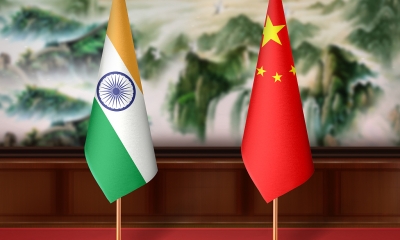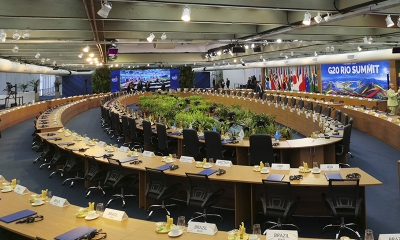China Sheds Light on Combating COVID-19 Pandemic in India
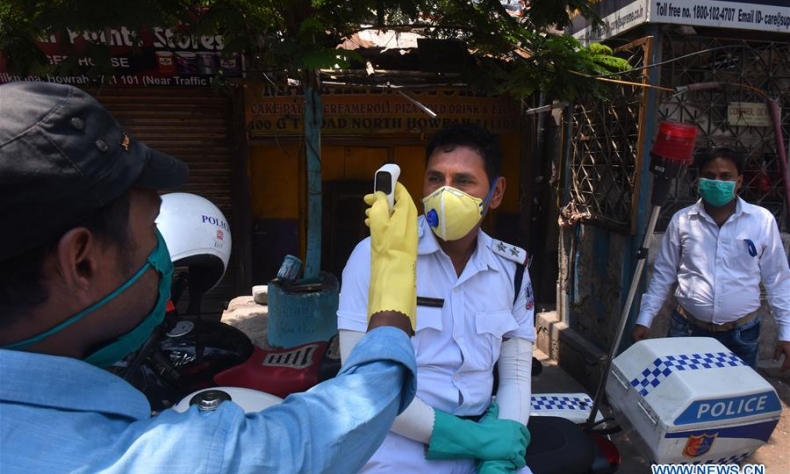
If victory over COVID-19 is to be achieved, the world must come together now for the better future as China’s experience has proved this.
It is now obvious that the coronavirus pandemic has been continuing to rage across the world since the number of confirmed cases of COVID-19 and death toll from the virulent disease has been climbing with each passing day over the past three months or so. But it’s really encouraging that China, the first major victim of the Covid-19 virus, has re-emerged from the crisis as victorious while shedding light on the countries across the world which are now on national lockdowns or state of emergency in attempts to curb the disease’s spread.
Undoubtedly, China’s swift and extraordinary actions to contain the new respiratory pathogen, especially in the worst-hit Wuhan city, the capital of Hubei province, and other parts of the country in record time offer some valuable lessons for India and other countries across the globe in dealing with the ongoing disaster.
China-style lockdown strategy is beneficial for India
Despite being able to identify the pathogen successfully in the quickest speed, China-initiated lockdown strategy has now become the most powerful weapon in battling the COVID-19 menace in almost every country of the globe. China’s effective fight against COVID-19 pandemic has been hailed globally for instituting timely measures to prevent the spread of the deadly virus in its 31 provinces, autonomous regions and municipalities.
Since the reported positive coronavirus cases continues to increase, Indian Prime Minister Narendra Modi also announced a nationwide 21-day lockdown beginning midnight March 24, which is crucial for the survival of its 1.3 billion people.
“To save India, and every Indian, there will be a total ban on venturing out of your homes. Every state, every union territory, every district, every village and every locality are being put under a lockdown,” Modi said in his address to the nation.
On April 14, Modi further extended the lockdown till May 3 without announcing any economic package for the poor, migrant workers facing severe hunger during the lockdown period.
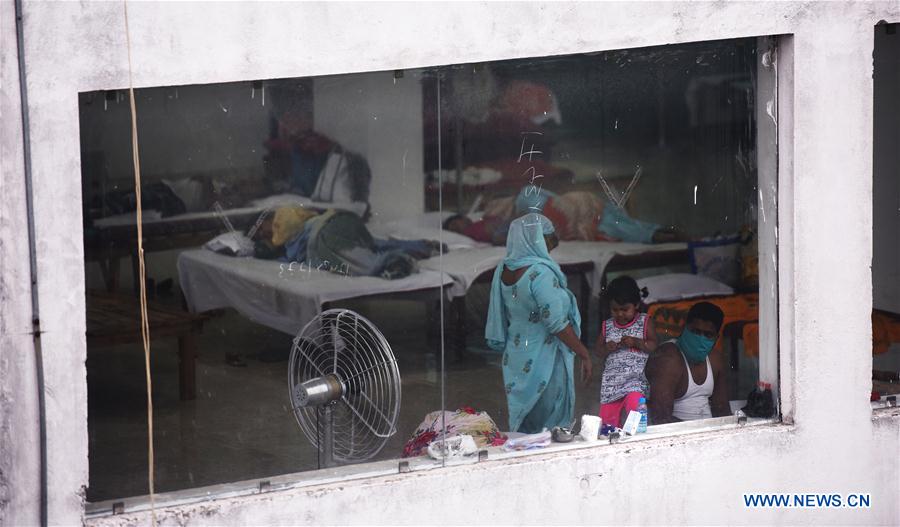
India’s lockdown is very similar to China
India’s nationwide lockdown is broadly compared to that of China’s sledgehammer clampdown of over the provincial capital of Wuhan with 10 million residents, the country’s COVID-19 epicenter since January 23.
Notably, on April 8, the city lifted its two-month lockdown as it has successfully wiped out the coronavirus outbreak. It’s worth noting that while the Wuhan lockdown was aimed at confining the disease to the province in order to stall the spread of the disease to whole China, India’s closure model, on the contrary, is aimed at preventing the emergence of Wuhan-like epicenters.
The Indian lockdown strategy is mainly based on the concept of quarantine policies and social distancing to prevent the spread and break the chain of spread through self-isolation.
Will India’s national lockdown work?
However, despite many restrictions during the lockdown period, the COVID-19 cases have increased to 12,380 and death toll reached 407 in India as on April 16.
Since India is a densely and an overpopulated nation with limited resources and a not very advanced health infrastructure in comparison to China, India’s measures to limit the spread of the pandemic and the fatalities have raised a few questions:
Can India curb the deadly coronavirus like China?
Is the all India shutdown strategy enough to flatten the coronavirus infection curve?
Can India bear the costs of the lockdown confidently like China?
There is no doubt that these critical questions must be answered in the next few weeks in the light of China’s “great efforts” in clinching an early victory against COVID-19.
India’s response to COVID-19 in comparison to China
Since India has been struggling with pneumonia, malaria, TB, dengue, diarrhea and malnutrition over years, the whole India is now staring at a possible catastrophe mainly because of the large population, the weakness of the health infrastructure and poor sanitation in both urban and rural areas.
Indeed, the viral attack has exposed India’s ailing healthcare system.
The country’s shortage of testing labs raises the possibility that the actual number of confirmed cases is much higher and many cases have gone undetected. Since the growth rate of confirmed of COVID-19 cases and death numbers continue to rise in the country, there are less chances that India will be spared the worst of the disease.
As such, it is hoped that like Chinese people, India’s marginalized people should practice social distancing as they have no choice but to strictly follow social distancing and self-quarantine to check the spread of COVID-19 in the country.
And in this regard a Chinese joke which went viral on Chinese social media during its battle against COVID-19 needs to be mentioned for humor:
“With quarantine, no human rights. Without quarantine, no humans left!”
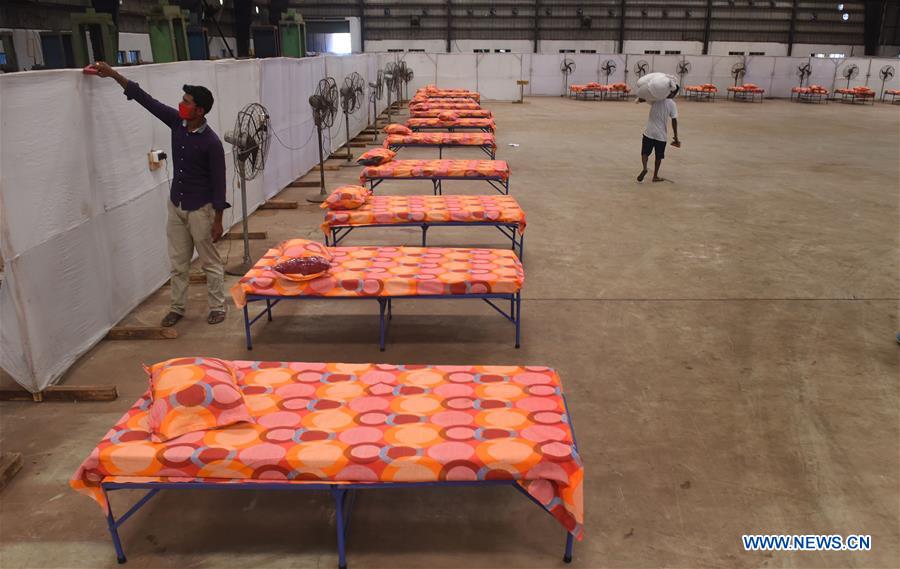
Humanitarian help needed during the all India lockdown like China
But at the same time, it can be said that at the time of hasty announcement of the lockdown by PM Modi, the interest of the “poorest of the poor”, landless farmers, migrant laborers and wage workers with no savings has not been addressed properly.
India’s central and state governments must keep in mind that the stringent lockdown measures won’t work without the supply of essential commodities with an income support, especially if poor Indian people are left hungry in this new world for some time to come.
The Indian government assistance of 500 rupees (less than US$7) to some selective low-wage earners is not enough to feed the family.
On the other hand, the China government had ensured the doorstep delivery of daily necessities for the quarantined people during its battle against COVID-19.
Indian politicians’ irresponsible statements on China
Epidemic is the common enemy of mankind.
It’s unfortunate that echoing the words of some US politicians, a section of Indian politicians and some Indian media blamed China for the spread of COVID -19 outside the country as well concealing the real situation of the pandemic.
The Bharatiya Janata Party’s (BJP) West Bengal State Unit President Dilip Ghosh alleged that “Coronavirus infection started from China” and that the country has “destroyed nature” as reported by the Indian Express on March 10.
Needless to say, such claims are fact-distorting and irresponsible.
As Dr. Zhong Nanshan, China’s top respiratory disease specialist pointed out that even though the epidemic was first reported in China, it didn’t necessarily originate there.
Quite expectedly, the Chinese Consulate General office in Kolkata and the China Embassy in New Delhi strongly condemned such “despicable practice” by certain Indian media and politicians.
It is hoped that Indian politicians must rise above ideological difference and reject baseless speculations, particularly “refrain from using the disease as a weapon for political maneuvering.”
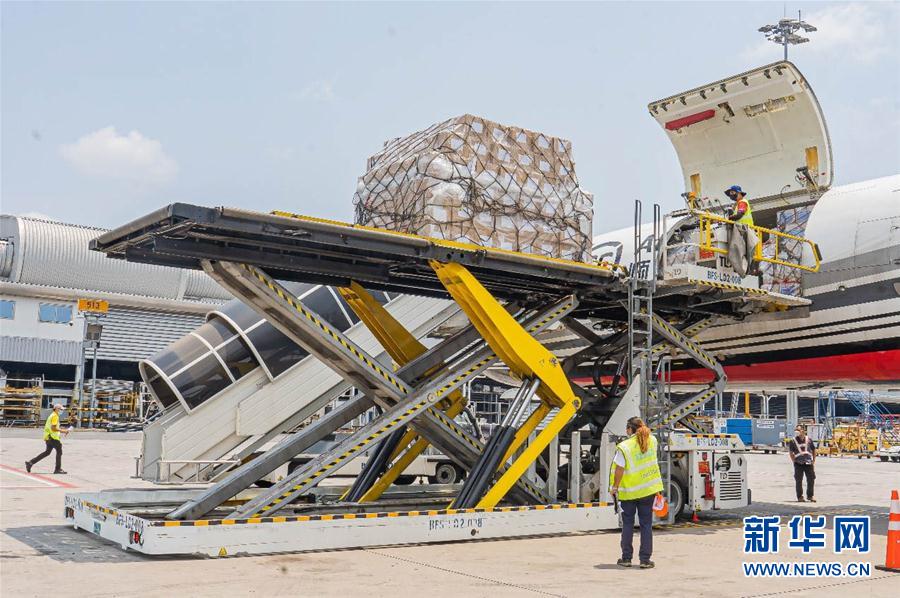
India needs China to fight COVID-19
It is hoped that since the deadly COVID-19 pandemic has been escalating in India and other countries across the world, India can learn lessons from China’s multi-level control and prevention mechanisms in containing the virus in order to protect its people’s lives.
So far, China as a responsible major country on the world stage has generously shared all of its clinical treatment notes, all the experience of doctors and nurses and paramedics with the rest of the world.
In the face of a common challenge, India needs to look at China’s handling of the epidemic outbreak which is worth learning for protecting its citizens to a large extent.
Measures in China are incredible, unprecedented, from which India can learn a lot on how this kind of viral outbreak is handled.
China extends helping hand to India and the world
COVID-19 attests to the fact that no country has the ability, capacity to eliminate the virus or stop it from spreading singlehandedly.
As COVID-19 cases spread around the world, China has lent a helping hand to all humanity. So far, China provided medical assistance to over 130 countries and international organizations to fight the common threat.
China’s medical aids to other countries demonstrate the concept of “a community with a shared future for mankind”.
It’s really heartening that, the Chinese charity organizations Jack Ma Foundation and Alibaba Foundation provided India with the first batch of medical supplies including test kits, ventilators, disinfectants, and protective face masks on March 28.
China’s friendlier gesture will augment the friendship between the two peoples of China and India.
If victory over COVID-19 is to be achieved, the world must come together now for the better future as China’s experience has proved this.
Rabi Sankar Bosu is an Indian op-ed writer to Chinese media outlets. He writes about Chinese politics, social and cultural issues, and China-India relations with a special interest in the Belt and Road Initiative.
Copy editor: Cai Hairuo
 Facebook
Facebook
 Twitter
Twitter
 Linkedin
Linkedin
 Google +
Google +




